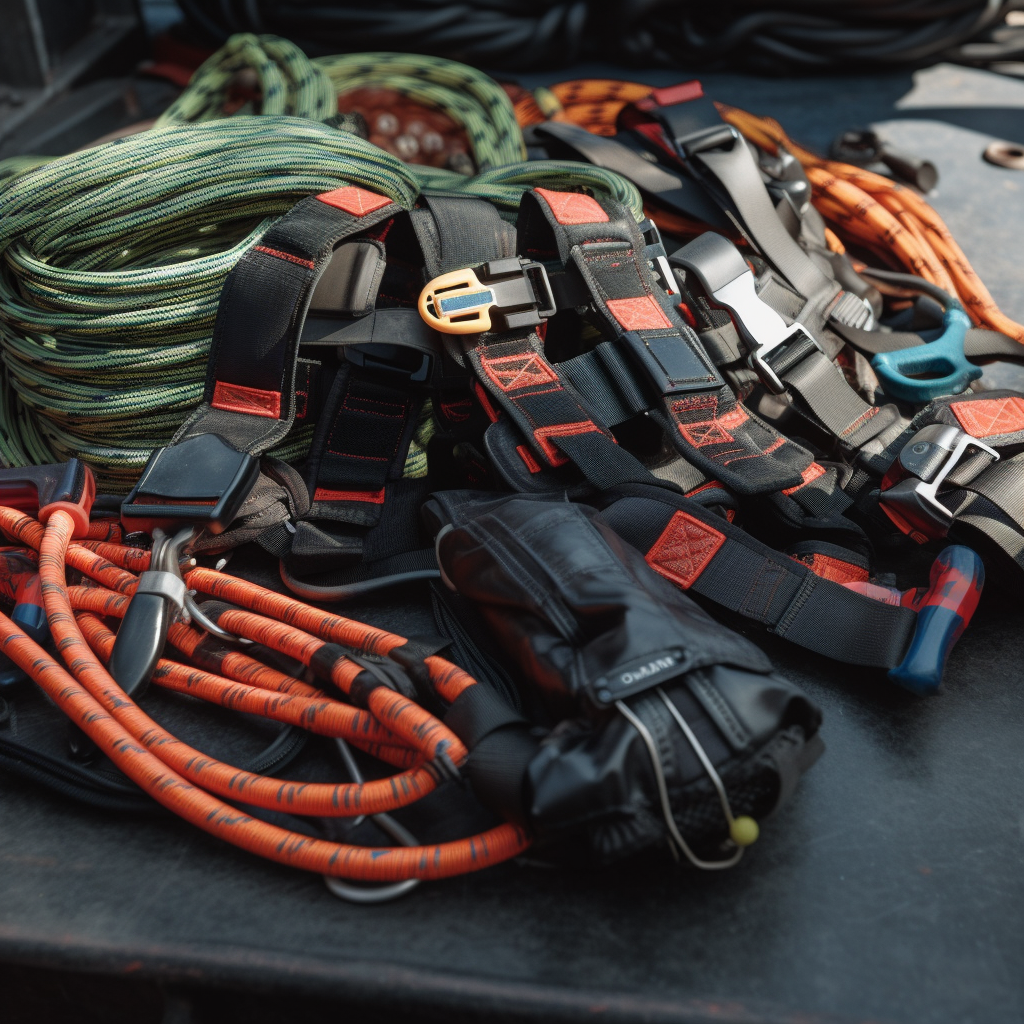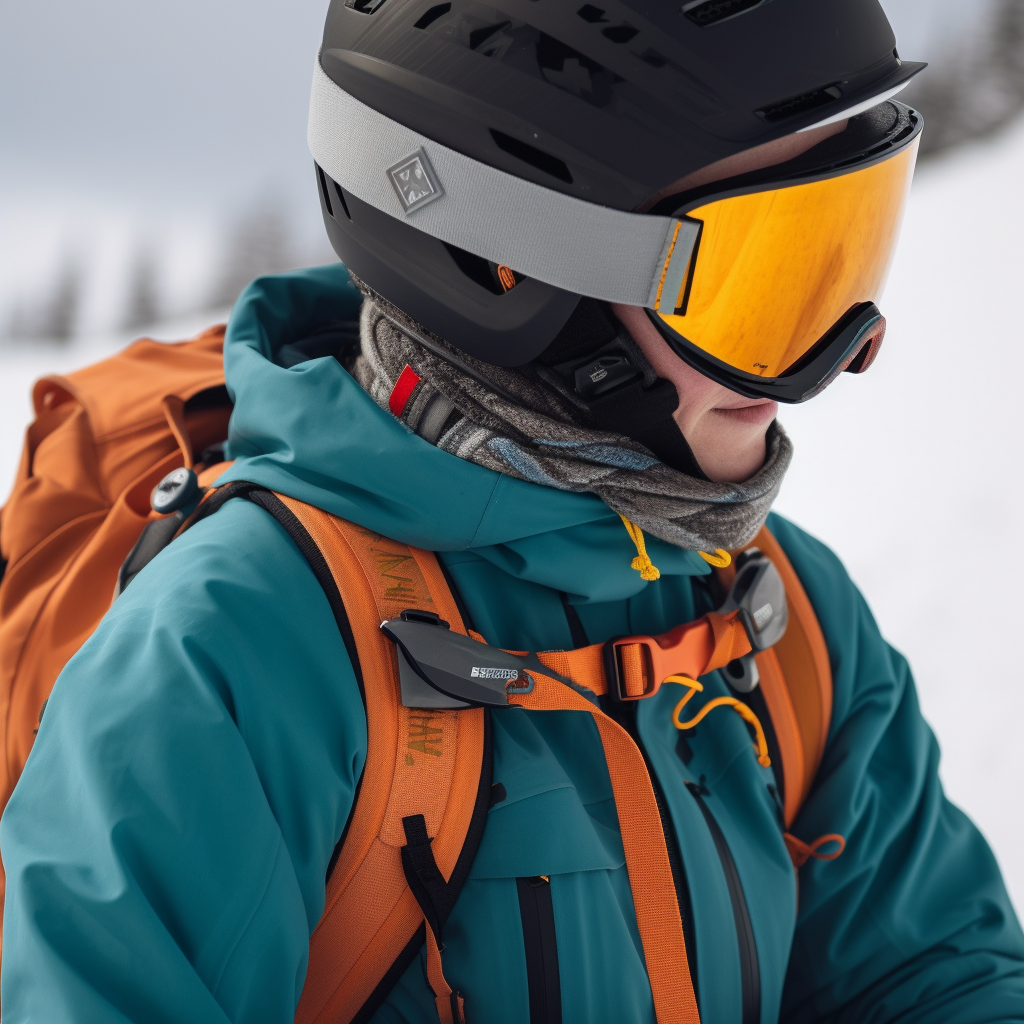Outdoor Webbing for Gear, Packs & Straps
Built for rugged environments. Custom-fit to your design.
From backpack straps to tree rigging systems, Anmyda manufactures custom outdoor webbing that stands up to sun, rain, abrasion, and freezing conditions. We help outdoor brands, tactical gear OEMs, and hardware designers build better products with high-strength, weather-ready webbing—engineered for real-world use.






